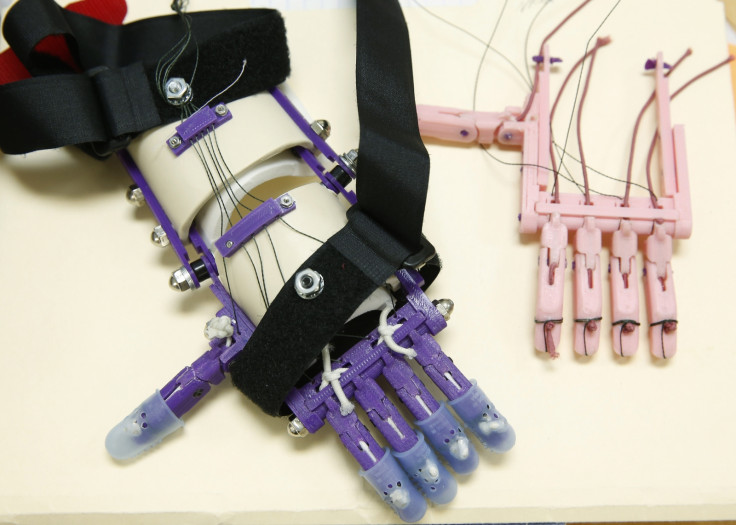Sensations Come Alive in Robotic Prostheses Closing the Gap with Real Limbs

Two recent studies demonstrate that artificial limbs could soon behave as naturally as real limbs, not only able to make all kinds of movements but also actually feel sensations.
In a Swedish study, amputees using prosthetics developed as part of a Darpa (Defense Advanced Research Projects Agency) project could use keys to open locks, prepare food, comb hair, and use zippers. In a Cleveland study, the feel of water came alive in the artificial limbs, and cotton balls could even induce the goose bumps sensation.
Researchers hope to integrate both to make the artificial limb as good as the real one.
Researchers in Cleveland, Ohio, sent patterns of electric signals into nerves in the patient's arm and brain, allowing them to "feel" again.
Blindfolded and sporting an artificial limb, participant Igor could feel the goose bumps he used to feel when touching cotton balls with normal hands. Water running against the arm and tingles were experienced. The work is published online in the journal Science Translational Medicine.
"The work reactivates areas of the brain that produce the sense of touch. When the hand is lost, the inputs that switched on these areas were lost, said Dustin Tyler, who is an associate professor of biomedical engineering at Case Western Reserve and director of the research, and associate director of the Advanced Platform Technology Center at the Cleveland VA.
The electrical stimulation was made at contact points on cuffs that encircled major nerve bundles in the arm.
The algorithms converted the input from sensors taped to a patient's hand into varying patterns and intensities of electrical signals which were then identified as the various sensations.
© Copyright IBTimes 2025. All rights reserved.





















